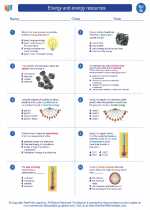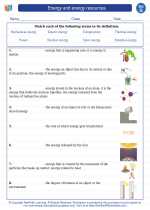Water Erosion
Water erosion is the process by which water wears away the land. It is a natural process that can be caused by rainfall, melting snow, or running water such as rivers and streams. Water erosion can have a significant impact on the landscape, leading to the formation of valleys, canyons, and other landforms.
Causes of Water Erosion
There are several factors that contribute to water erosion:
- Rainfall: Intense or prolonged rainfall can lead to the loosening and transportation of soil particles.
- Runoff: When water flows over the surface of the land, it can pick up soil and carry it away, causing erosion.
- Rivers and Streams: The movement of water in rivers and streams can carve out channels and erode the surrounding land.
- Wave Action: Along coastlines, the force of waves can erode cliffs and shorelines.
Effects of Water Erosion
Water erosion can have both positive and negative effects on the environment:
- Positive Effects: It can create unique landforms and contribute to the formation of fertile soil in river valleys.
- Negative Effects: It can lead to loss of topsoil, sedimentation of water bodies, and the destruction of habitats.
Preventing Water Erosion
There are various methods to prevent water erosion, including:
- Contour Plowing: Plowing across the slope of the land to reduce the speed of water runoff.
- Planting Vegetation: The roots of plants help hold soil in place and reduce the impact of water erosion.
- Building Terraces: Creating terraces on sloped land to slow down the flow of water and prevent erosion.
- Using Erosion Control Mats: Placing mats made of natural or synthetic materials to stabilize soil and prevent erosion.
Study Guide
Here are some key points to remember when studying water erosion:
- Define water erosion and identify its causes.
- Discuss the effects of water erosion on the environment.
- Explain methods for preventing water erosion.
- Compare and contrast the positive and negative effects of water erosion.
Understanding water erosion is essential for comprehending the impact of natural processes on the Earth's surface and the steps that can be taken to mitigate its effects.
.





